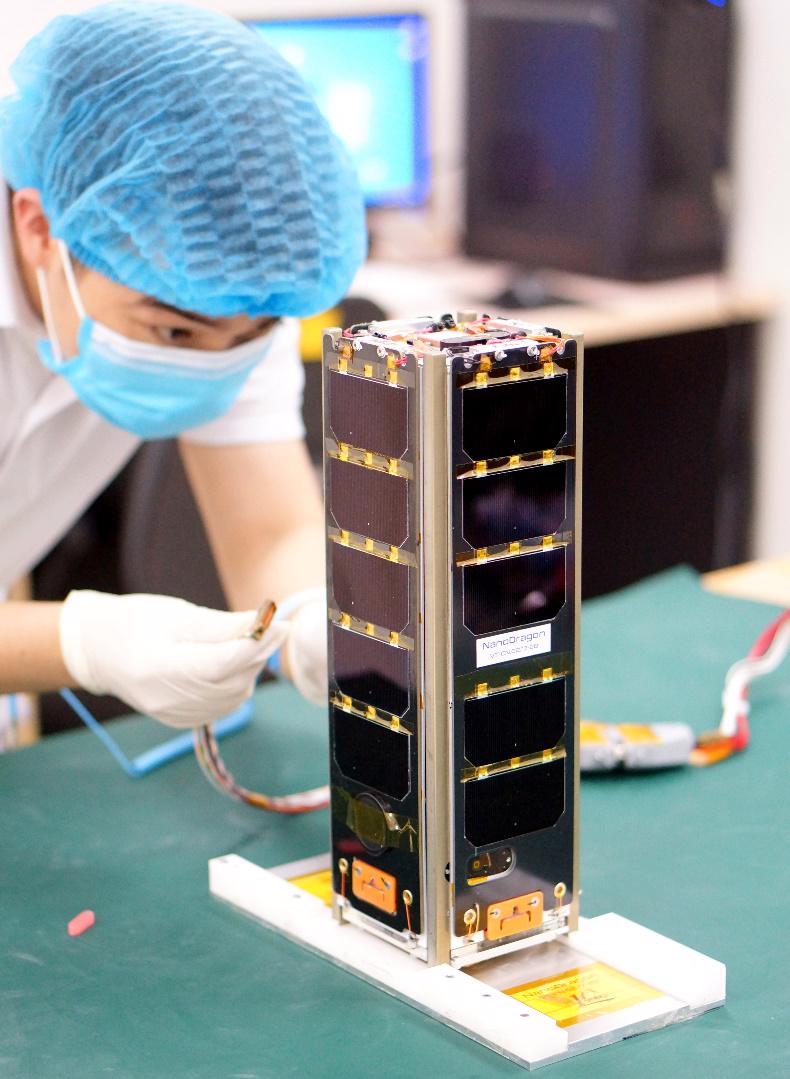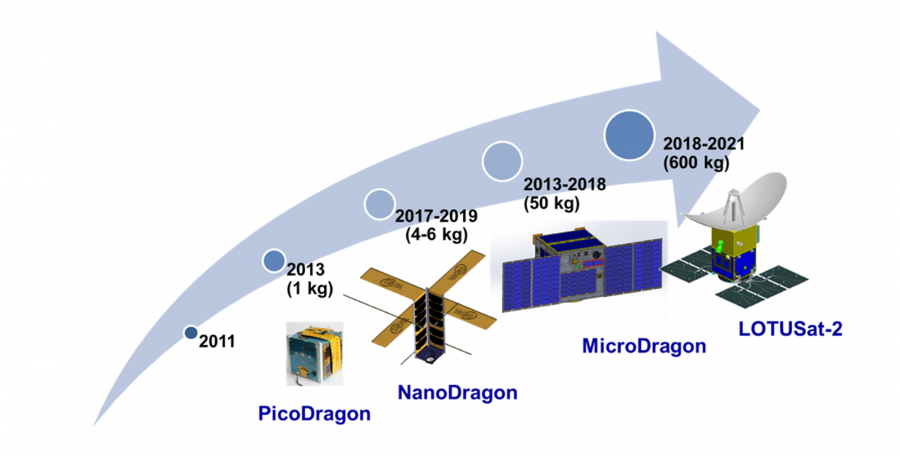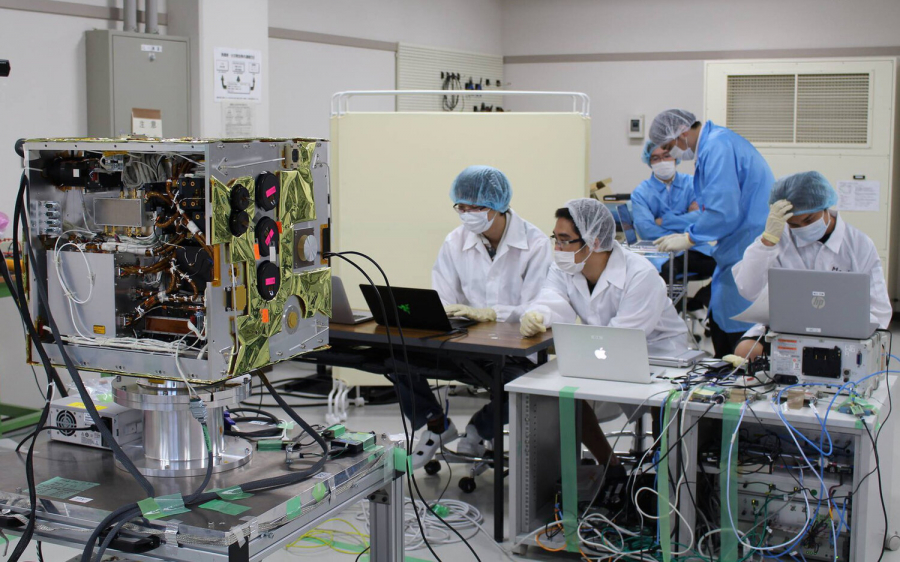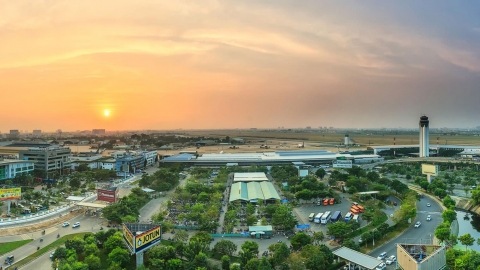Before handing over, on August 16 and 17, 2021, JAXA carried out final checks to ensure safe satellite launch, such as checking the shape, size, and power supply system during launch...
NanoDragon is a nano-class cubesat satellite weighing about 4 kg with a size of 3U (100x100x340.5 mm). This is a product of the project "Research, design, manufacture, launch and test operation of nano-sized microsatellites" under the "National Science and Technology Program on Space Technology for the period 2016-2020".

NanoDragon satellite is 100% designed and manufactured in Vietnam.
The process of researching, designing, integrating and testing the satellite's functions was carried out entirely in Vietnam by researchers of the Vietnam Space Center (VNSC, under the Vietnam Academy of Science and Technology).
NanoDragon was developed with the aim of demonstrating that it is possible to use micro-satellite cluster technology to receive Automatic Identification System (AIS) signals for the purpose of tracking and monitoring vehicles at sea.

Vietnam's satellite technology development roadmap implemented by VNSC.
In addition, the satellite is also designed to verify the quality of the control system, determine the satellite attitude and a new advanced computer developed specifically for small satellites. NanoDragon is expected to operate in a Sun-synchronous orbit at an altitude of about 560 km.
After completing the manufacturing, integration and functional testing process in Vietnam, from March 9 to April 9, 2021, the satellite completed pre-launch environmental testing at the Small Satellite Testing Center of Kyushu Institute of Technology, Japan. In parallel with the satellite development process, a ground station to operate the satellite after launch was developed, installed and ready for operation at VNSC, Hoa Lac High-Tech Park.

Staff in VNSC laboratory.
Before NanoDragon, VNSC also successfully manufactured the PicoDragon microsatellite (1 kg), launched it into orbit and received signals in 2013. The MicroDragon satellite (50 kg) was successfully launched into orbit in January 2019 and received images from the satellite.






























